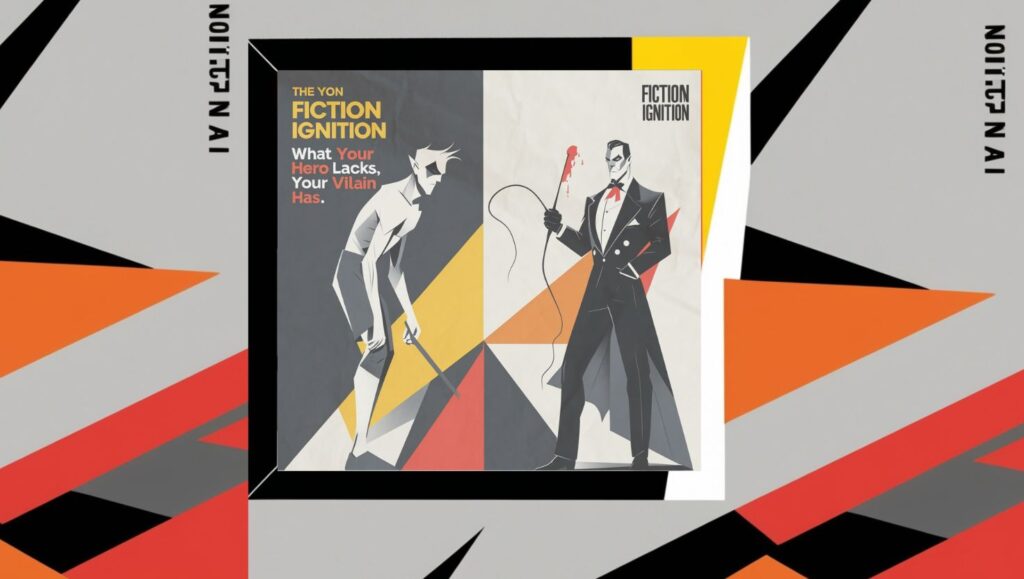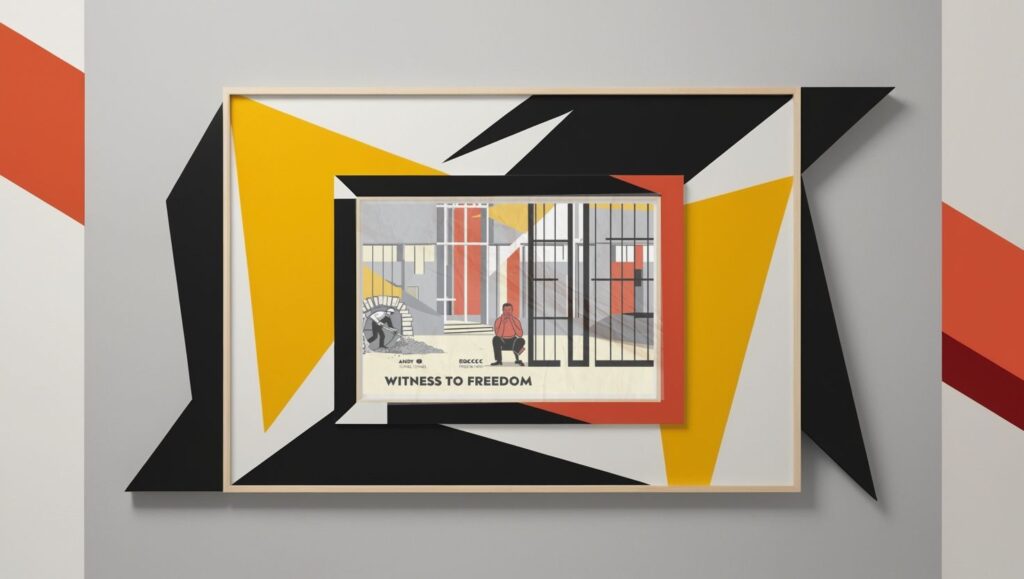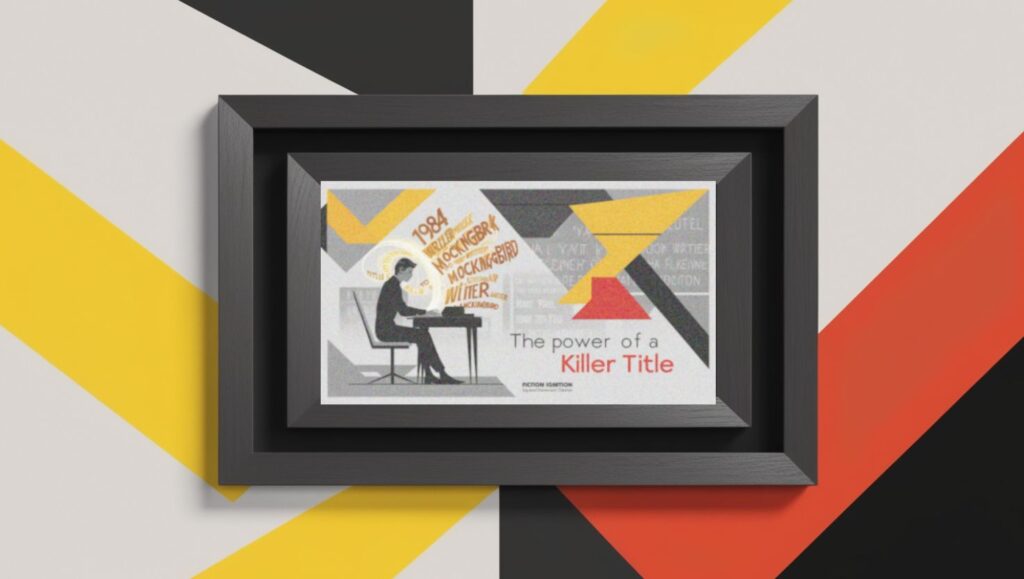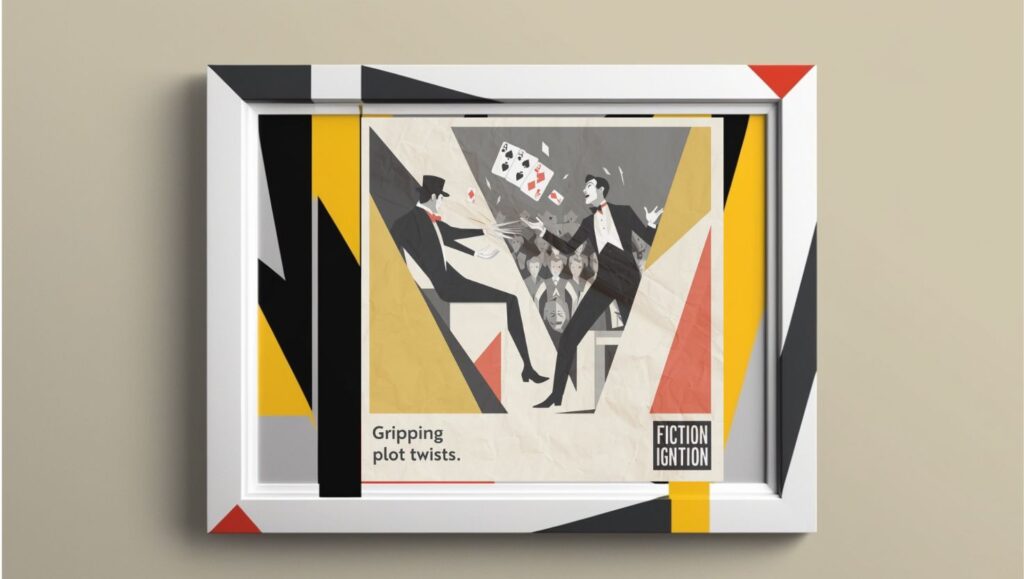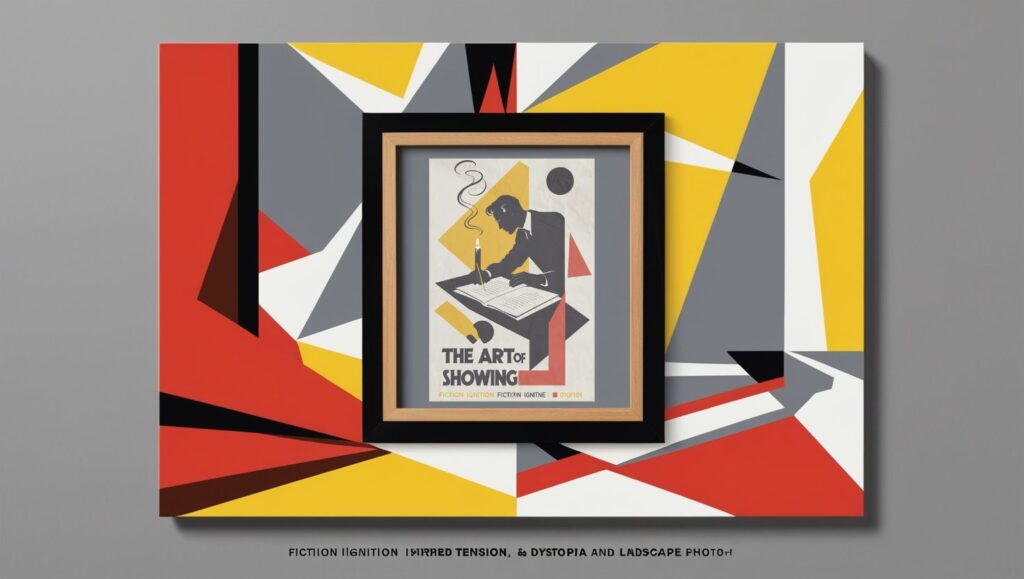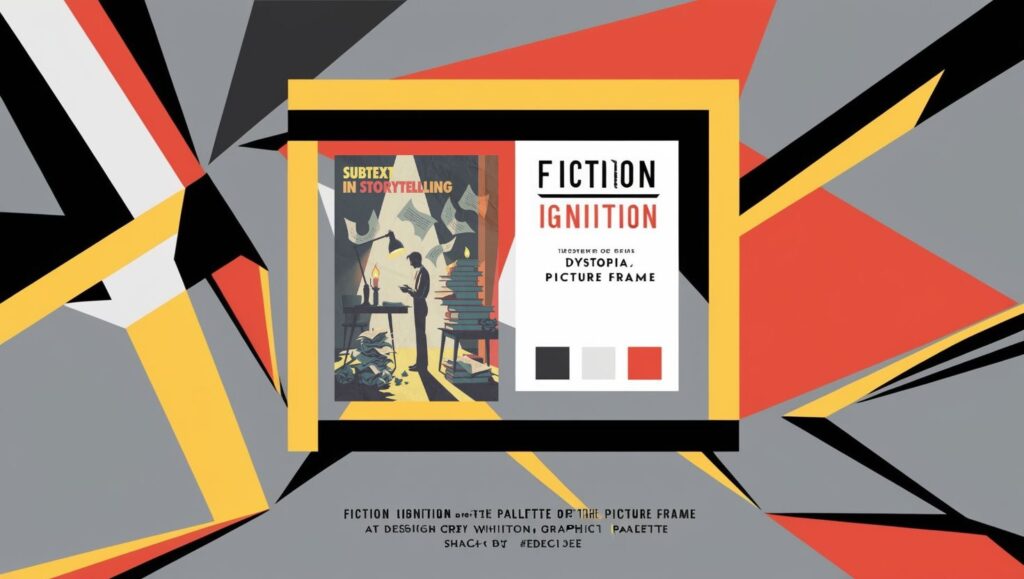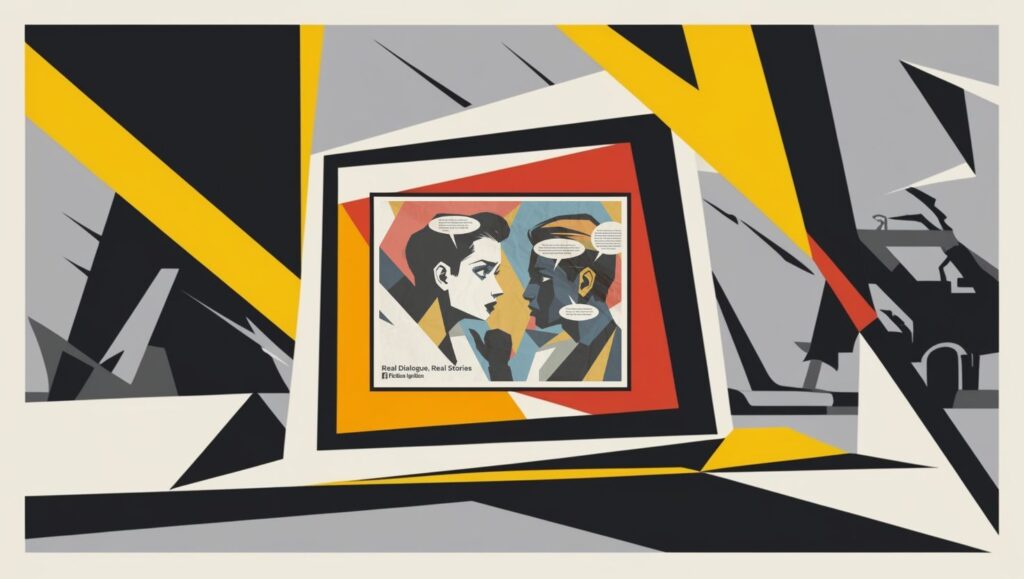Hey there, my Literary Pyromaniacs! Today, I’m tossing another log onto your creative bonfire—and it’s about one of the hottest storytelling principles ever forged: what your hero lacks, your villain possesses in abundance. Yep, this idea is like storytelling alchemy, transforming ordinary conflict into unforgettable drama. Let’s fan the flames and dive right in.
Why This Principle Burns So Bright
Picture this: your hero is climbing the Everest of self-doubt, weakness, and imperfection. Standing at the summit? Your villain, a swaggering personification of everything your hero isn’t but must become. This principle isn’t just about creating juicy conflict—it’s about ensuring your hero’s journey is emotionally transformative. In the end, the hero’s victory isn’t just about defeating the villain; it’s about growing into the person who can defeat the villain.
Take it from Keith Cunningham’s The Soul of Screenwriting (a must-read if you want to turn your prose into pure fire). He nails this principle: your hero’s greatest weakness is your villain’s greatest strength.
Curious? You should be. Let’s blaze a trail through some iconic examples, and then I’ll hand you some tools to build your own inferno of conflict.
Legendary Examples of This Principle
1. The Dark Knight (2008)
- Hero: Batman, the stoic vigilante with an unshakable moral code.
- Villain: The Joker, an agent of chaos who gleefully tramples every rule.
- The Matchup: The Joker exploits Batman’s rigid principles, forcing him into impossible moral dilemmas. In the end, Batman must bend his own rules to stop the Joker, but doing so costs him dearly.
- Lesson: Give your villain the ability to expose your hero’s blind spots.
2. Harry Potter Series (1997–2007)
- Hero: Harry Potter, the “Chosen One” with courage but little knowledge or power.
- Villain: Voldemort, a master of magic and manipulation, who craves immortality and total control.
- The Matchup: Voldemort’s cunning and hunger for dominance highlight Harry’s humility and reliance on friendship. Harry wins not by becoming Voldemort’s equal in power but by embracing the love and self-sacrifice Voldemort rejects.
- Lesson: Make your villain’s strengths tempt your hero to grow in dangerous ways.
3. The Silence of the Lambs (1991)
- Hero: Clarice Starling, a young FBI trainee with ambition but little experience.
- Villain: Hannibal Lecter, a brilliant, manipulative cannibal with a mind like a scalpel.
- The Matchup: Lecter’s intellect and psychological insight highlight Clarice’s insecurity and vulnerability. By the end, Clarice becomes stronger by absorbing some of Lecter’s confidence and cunning—without losing her moral center.
- Lesson: Your hero should “steal” qualities from the villain to complete their journey.
4. Rocky (1976)
- Hero: Rocky Balboa, a humble underdog with heart but little technical skill.
- Villain: Apollo Creed, a showboating champion with unmatched talent.
- The Matchup: Apollo’s polish and arrogance contrast with Rocky’s raw determination. By challenging Apollo, Rocky gains confidence and pushes beyond his limits.
- Lesson: The villain’s strengths should force your hero to dig deep.
5. The Lion King (1994)
- Hero: Simba, a guilt-ridden lion cub running from his destiny.
- Villain: Scar, a manipulative schemer who revels in power.
- The Matchup: Scar’s cunning and dominance make Simba’s indecision and self-doubt painfully clear. Simba’s journey to reclaim his throne requires him to find the strength and resolve that Scar abuses.
- Lesson: The villain should embody what the hero fears becoming.
How to Forge Hero-Villain Matchups That Ignite
Ready to craft your own legendary matchups? Here are some actionable tips to make sparks fly:
1. Identify Your Hero’s Weaknesses
What does your hero lack? Courage? Compassion? Discipline? Define their biggest flaw, blind spot, or fear. This is the kindling for your story’s fire.
2. Create a Villain Who Embodies That Weakness
Your villain should own the traits your hero struggles with. If your hero is naive, your villain should be manipulative. If your hero avoids conflict, your villain should thrive on it.
3. Make the Villain’s Strength a Temptation
Your hero might admire or envy the villain’s strength. Will they risk becoming like the villain to achieve victory? This creates delicious tension and a richer character arc.
4. Force the Hero to Confront the Villain—and Themselves
The villain’s actions should push your hero to grow. Every clash should teach the hero something about their own shortcomings, preparing them for the final showdown.
5. The Hero Must “Steal” the Villain’s Strength—Without Losing Their Soul
Your hero’s growth should involve adopting the villain’s strengths, but in a way that aligns with their moral compass. For example, a hero might learn cunning from a manipulative villain but use it to protect others.
A Final Spark: Examples of Matchups You Can Use
- Hero: A scrappy activist who fights against injustice but lacks patience.
- Villain: A methodical corporate tycoon who plays the long game.
- Hero: A kind-hearted healer who abhors violence.
- Villain: A ruthless warlord who believes compassion is weakness.
- Hero: A loner detective who trusts no one.
- Villain: A charismatic con artist who builds armies of followers.
So there you have it, Wordsmith Warriors! Your hero’s next challenge isn’t just a villain—it’s the crucible where they’ll forge their transformation. Go forth and craft conflicts that blaze with meaning, and as always, remember: don’t write, ignite!

